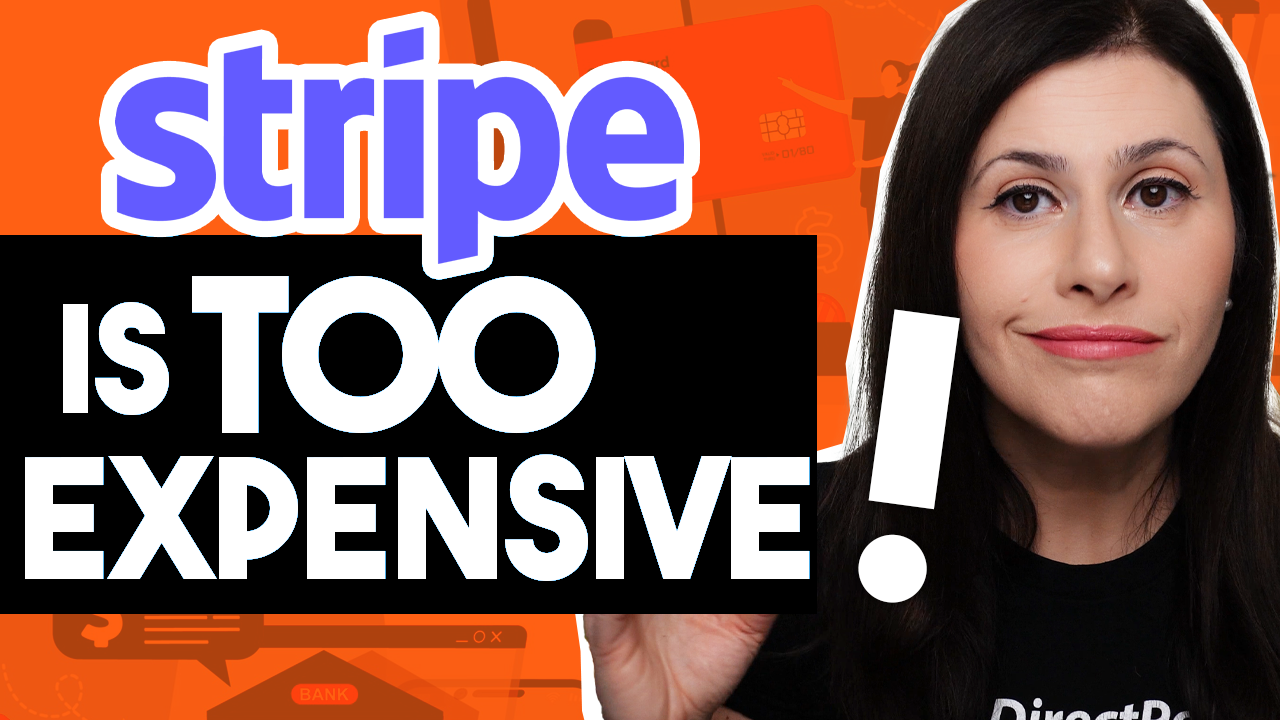Category: STRIPE
-
Help! Stripe closed my account, what do I do now?
Help! Stripe closed my account, what do I do now? Few situations induce immediate stress for online businesses like receiving a notification that their Stripe account has been closed. With the rapid pace of digital transactions, it’s crucial to resolve this issue efficiently. While some merchants have navigated these murky waters with ease, the majority…
Written by

-
Stripe Holding Funds for 90 Days? 3 Ways to Continue Processing Payments and Get Your Money Back
Imagine waking up to find that Stripe, which handles a significant portion of your transactions, is holding onto 30% or more of your money due for up to 90 days! That’s the reality for many Stripe merchants; Stripe account balance trapped in the system with no way out for an extended period of time. But…
Written by

-
Stripe Is Too Expensive! | Stripe Fees Breakdown + Alternatives
Imagine this: You’ve just started your online store and decided to use Stripe for payment processing. Fast forward a few months, and you’re excitedly checking your earnings only to find that (1) a significant chunk of your profits has vanished into thin air, OR (2) your shop is frozen! Stripe is no doubt one of…
Written by

-
Stripe vs Shopify Payments: Which One Is Best?
Seamless payment processing is a crucial element for every online business, whether it’s a burgeoning startup or a multinational corporation. Various platforms offer different features and experiences, making the choice of a payment gateway a significant decision for businesses of all sizes. Among the most popular and reputable platforms in the market are Stripe and…
Written by

-
Stripe Fees Are Killing Your International Business — Solution!
Between high rates, international credit card processing fees, and conversion fees, Stripe’s transaction fees might literally be killing your business. As an international seller, Stripe won’t allow you to set your default currency in the market you may sell in, which means you pay more for no reason. But there are solutions available that lead…
Written by
